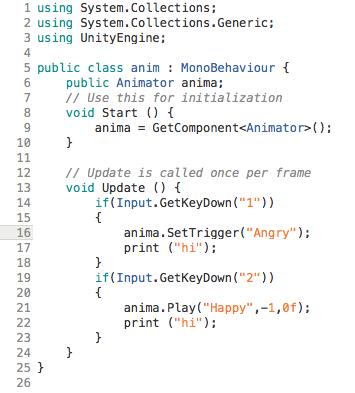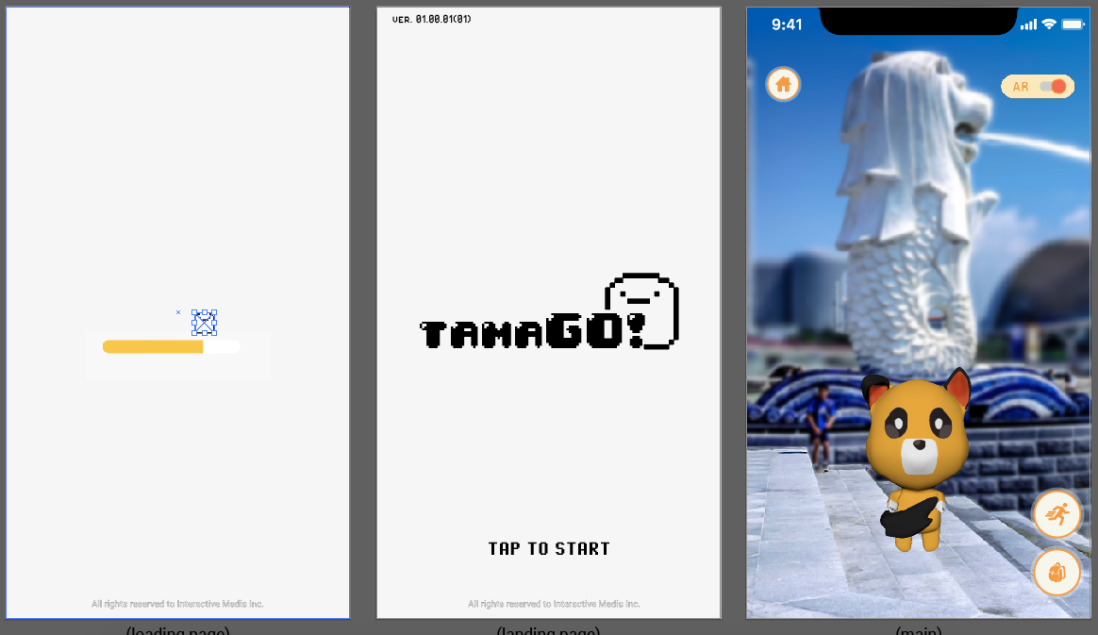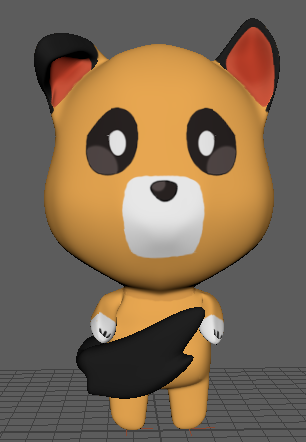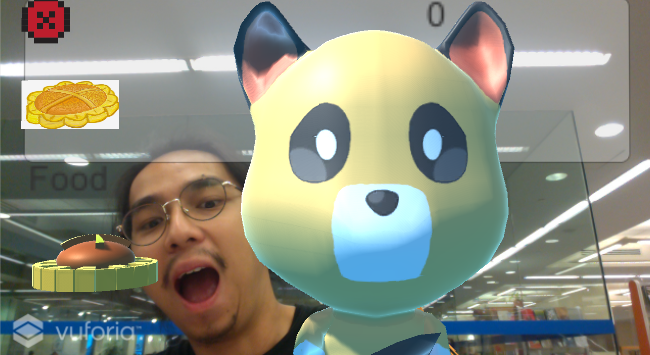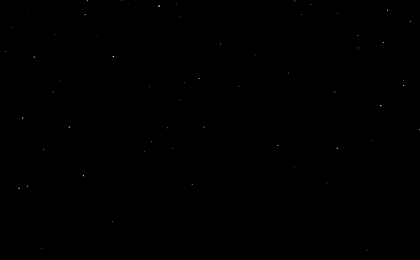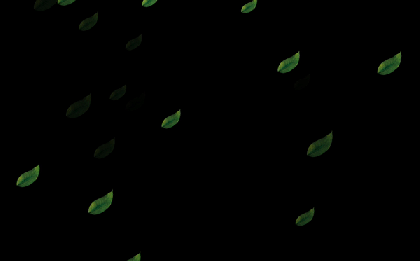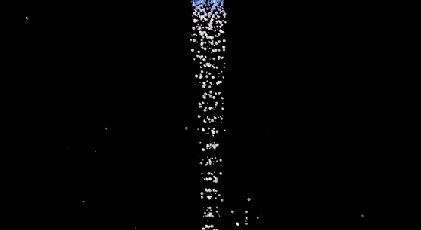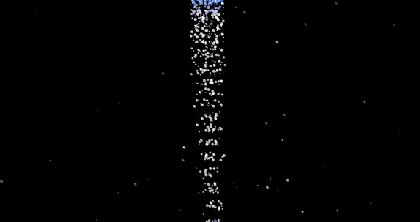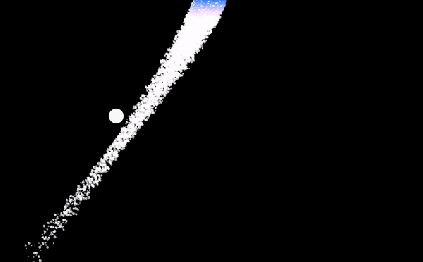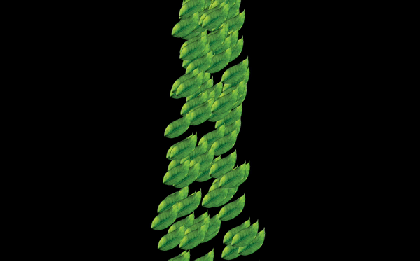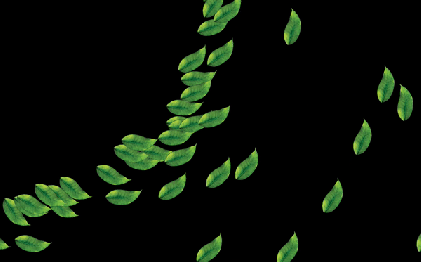Sought to bring out a technique about perspective of audiences that I took away from Man With A Movie Camera. So while brainstorming what to do, I came up with the concept of people watching people watching people….
I felt restricted by the flat 2D screens and wanted a different perspective of what perspective meant. I remembered my professor Yue Han talked about Live video and thought it would be interesting to explore that form.
I then remembered I took an instastory of this exact scene where the audiences of the 1920s were watching a movie and we were watching a movie about them watching a movie. And now my instagram followers would be viewing my story whilst I was viewing them viewing a movie. I thought that was interesting and wanted to find out how I could do it.
It was probably a coincidence that I was working on a webcam project involving manipulation of pixels of a screen using facial recognition. So using what I learnt, I went to explore luma keying and even though it took awhile, I finally figured it out after class. Was using a very complicated method to split colour to simulate colour keying before I found a much simpler method to it.
Was using a very complicated method to split colour to simulate colour keying before I found a much simpler method to it. This is the working and improved patcher. By routing a new object I learnt called suckah, I was able to pinpoint the exact RGB I wanted to pick out and by unpacking the list of rgb color codes, I was able to find the exact colours to key. I adjusted to tolerance to a suitable rate and applied a fullscreen patcher that enables full screen mode.
This is the working and improved patcher. By routing a new object I learnt called suckah, I was able to pinpoint the exact RGB I wanted to pick out and by unpacking the list of rgb color codes, I was able to find the exact colours to key. I adjusted to tolerance to a suitable rate and applied a fullscreen patcher that enables full screen mode.
The result is as above and as presented in class. There are no alterations made on the screen captures.









